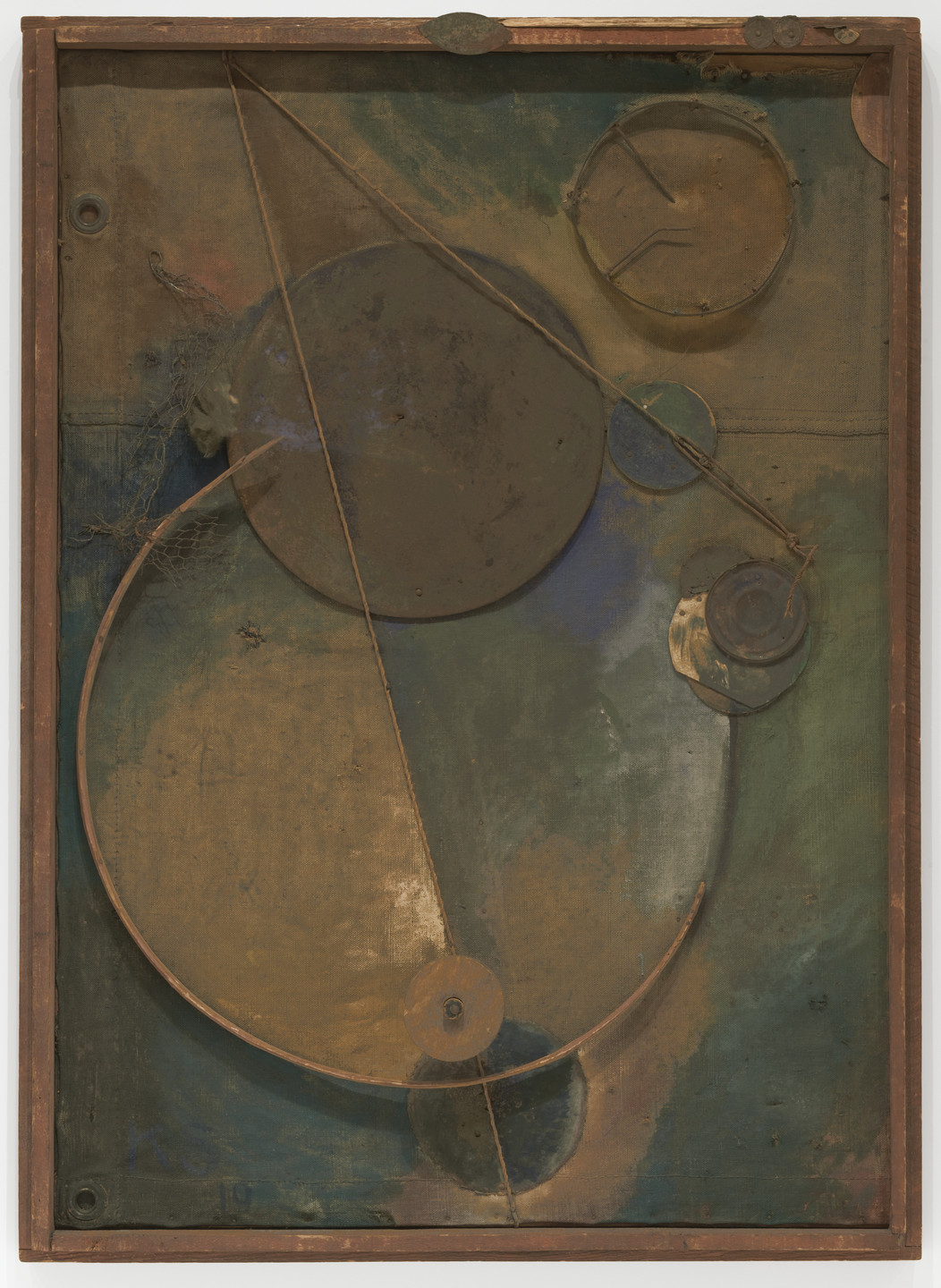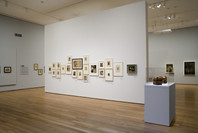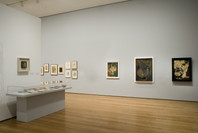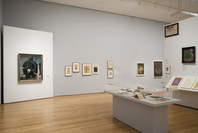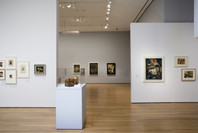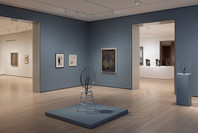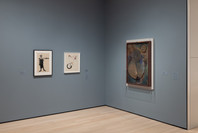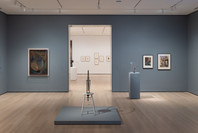In Revolving, the cord, hoops, wire mesh, and small objects tacked to the painterly canvas replace depicted lines and forms. Schwitters's use of fragments reflects a society shattered by World War I. "Out of parsimony I took whatever I found . . . because we were now an impoverished country," he wrote in 1919. "New things had to be made out of the fragments." This work reflects Schwitters's self-proclaimed "love for the wheel," and its title refers to a poem by the artist from the same year, in which he wrote, "Worlds turn the new machine to thee. To thee. Though, thine the new machine space."
Gallery label from 2011.
This work is one of the earliest of the reliefs that Schwitters assembled from found elements, forming lines and shapes by tacking cord, hoops, wire mesh, and small objects to the canvas instead of painting or drawing on it. Schwitters’s use of worn, often broken things reflects a society shattered by World War I. “Out of parsimony I took whatever I found . . . because we were now an impoverished country,” he wrote in 1919. “New things had to be made out of fragments.” In using materials drawn from the real world, Schwitters also took a stand against painterly illusion. He insisted that everything in his reliefs be “perceptible to the eye,” a position reflecting both a postwar impatience with false symbolism and hypocrisy and his understanding of the expressive capacity of abstraction: “Any desire to reproduce natural forms,” he argued, “limits the force and consistency of working out an expression.”
Gallery label from Inventing Abstraction, 1910–1925, December 23, 2012–April 15, 2013.
